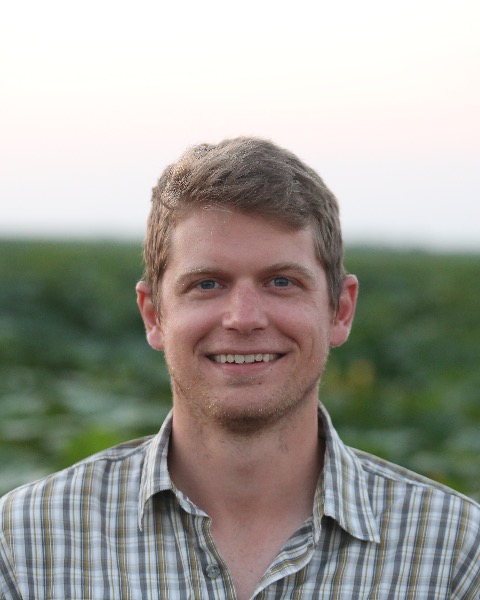Physiology, Biochemistry, and Toxicology
Student Competition 10-Minute Paper
Grad PBT: Ecology, Biocontrol, and Pest Management On-Demand Presentations
Population structure and disease incidence in Bombus vosnesenskii
On-Demand

Nicholas Ivers
PhD Candidate
University of Texas
Austin, Texas
Shalene Jha
Associate Professor
University of Texas
Austin, Texas
Presenting Author(s)
Co-Author(s)
Bumble bees face mounting pressure from habitat loss, land-use change, and infection from detrimental gut parasites. Past work in the Jha lab has shown that recent land-use changes can be a significant barrier to gene flow in Bombus vosnesenskii in California, resulting in small but significant inbreeding. Bumble bees were one of the first groups where individuals with lower genetic diversity were shows to have a weakened immune response and overall higher infection susceptibility. It is therefore important to understand how changing landscapes affect both the genetic connectivity of bees, and infectious disease dynamics such as transmission. In this study, we investigate the landscape genetic structure of B. vosnesenkii across a 1000km study region of the southwestern US coast. A total of 10 microsatellites in B. vosnesenkii were sequenced to measure heterozygosity and allelic richness. Additionally, multi-plex PCR was used to determine the prevalence of three parasite classes: microsporidians, neogregarines, and trypanosomes. Three distinct biogeographic areas, Coastal, Sierra, and Island were sampled, though these did not show strong genetic structuring, likely due to long distance dispersal. However, the island populations show small but significant inbreeding, which may yet prove relevant for parasite persistence and virulence. Infection prevalence showed a latitudinal gradient, and was highly variable both across the study region and within biogeographic regions. Trypanosomes, most commonly represented by Crithidia bombi, showed upwards of 35% infection prevalence at certain sites.


